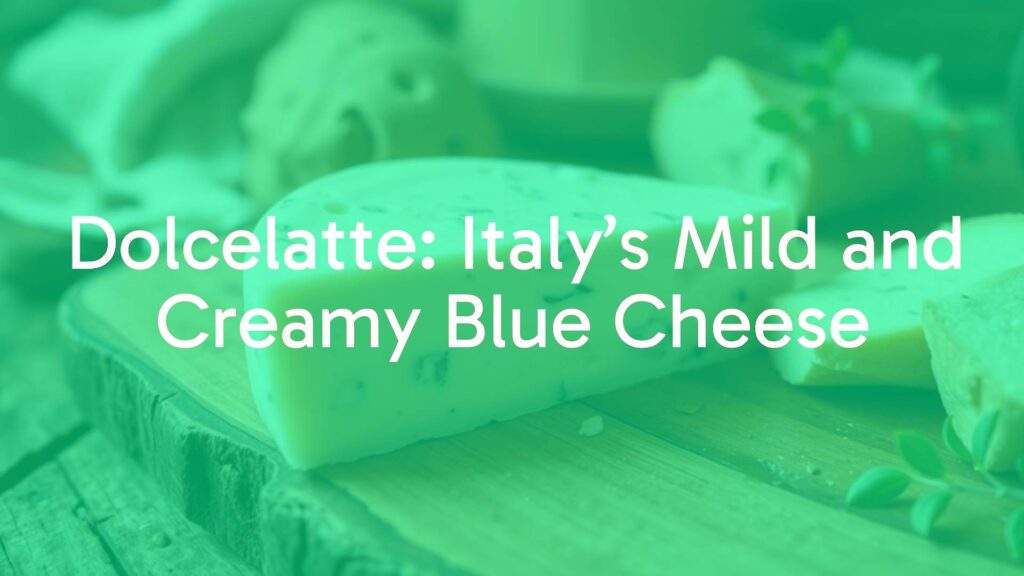Understanding Dolcelatte: A Sweet Blue Cheese from Italy
Dolcelatte is a distinctively smooth and mild Italian blue cheese, beloved for its delicate balance of sweet, creamy flavors and subtle blue veining. Recognized for its unique characteristics and gentle accessibility among blue cheeses, Dolcelatte offers a delectable entry point for those exploring this flavorful cheese family.
What Makes Dolcelatte Special?
The name “Dolcelatte” translates to “sweet milk” in Italian, a fitting description given the cheese’s mildness compared to more assertive blue varieties. Produced using high-quality pasteurized cow’s milk, Dolcelatte is known for its soft, spreadable texture, pale ivory hue, and signature marbled blue-green veins. Its taste profile combines gentle tanginess with a luxuriously creamy, almost buttery mouthfeel, making it less pungent than stronger blue cheeses like Gorgonzola Piccante or Roquefort.
Historical Roots and Creation
Dolcelatte originated in northern Italy, specifically Lombardy, during the late 20th century. It was developed to appeal to international palates desiring a milder alternative to traditional Italian blue cheeses. Unlike older blue cheese varieties with ancient legacies, Dolcelatte was deliberately crafted by the Galbani company to deliver a sweet, approachable flavor. Its design echoes a contemporary response to global cheese trends while retaining Italian craftsmanship.
Production and Techniques
Production of Dolcelatte involves pasteurized cow’s milk and the introduction of Penicillium roqueforti cultures, which create the characteristic blue mold veins. The cheese is aged for around two to three months in controlled environments, fostering both its signature texture and delicate flavor. The curds are handled gently to ensure a creamy consistency, and the aging process is shorter than that of many traditional blue cheeses, ensuring a softer bite and a sweeter taste.
Enjoying Dolcelatte: Pairings and Uses
Dolcelatte’s mild flavor makes it exceptionally versatile in both culinary and casual settings. Commonly enjoyed on its own with crackers or rustic breads, Dolcelatte also shines in antipasto platters, paired with walnuts, pears, or fresh figs. It melts beautifully, making it an excellent addition to creamy sauces, risottos, or atop pizzas. Wine pairings often include fruity reds such as Barbera or light dessert wines that complement its gentle sweetness.
Cultural Significance and Contemporary Appeal
Although Dolcelatte does not possess centuries of tradition, it has carved out an important role in modern Italian cheese culture, providing an accessible gateway to blue cheeses. Its widespread export means it has introduced international audiences to the pleasures of Italian cheese-making, while its adaptable nature keeps it relevant for both classic and contemporary Italian dishes.
Serving Suggestions and Tips
Dolcelatte is best served at room temperature to fully appreciate its creamy consistency and nuanced flavor. It pairs well with crusty Italian breads, honey, or even atop grilled vegetables. When storing, keep it wrapped in wax paper within a separate container to preserve its freshness and prevent cross-aroma with other cheeses.

